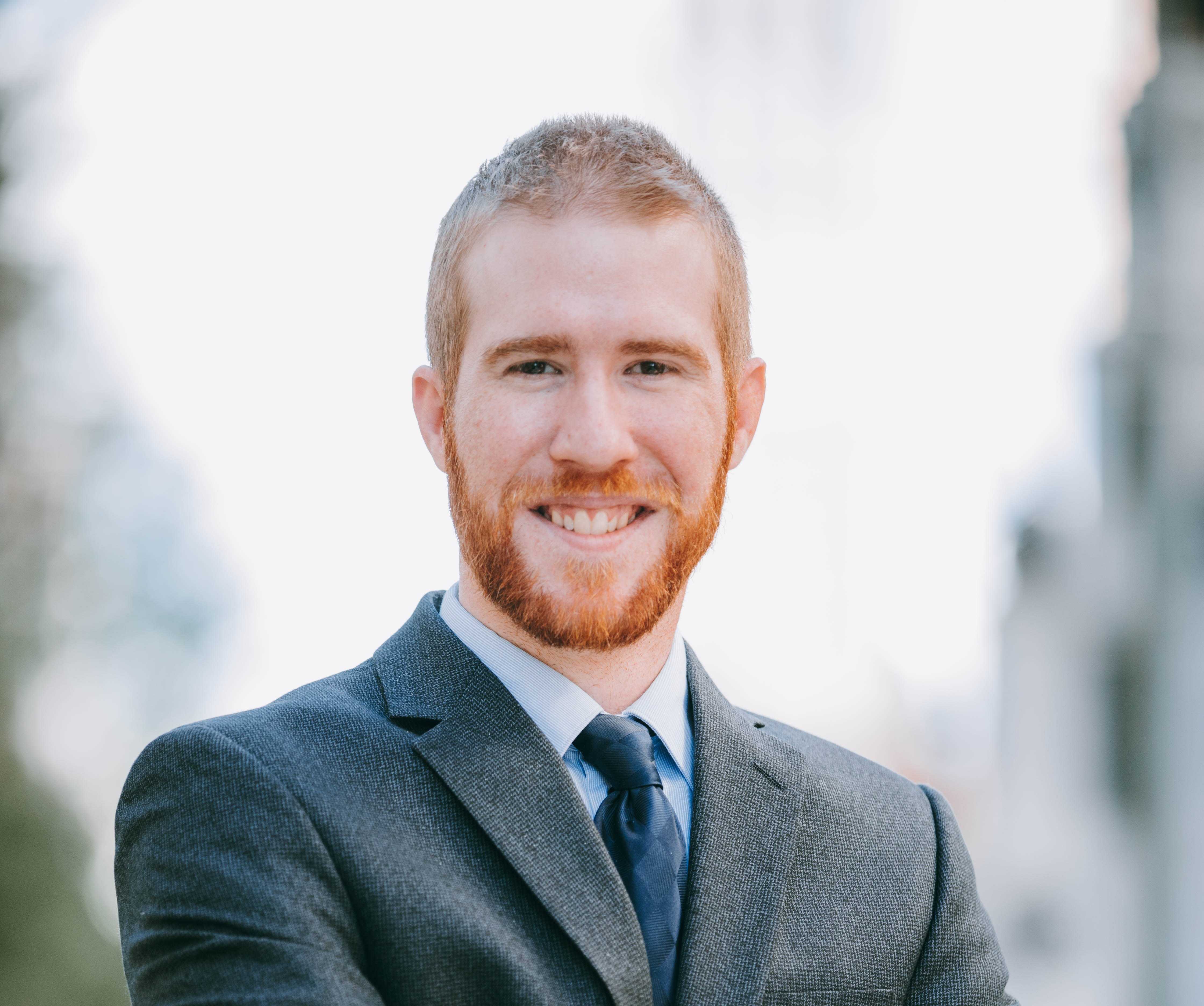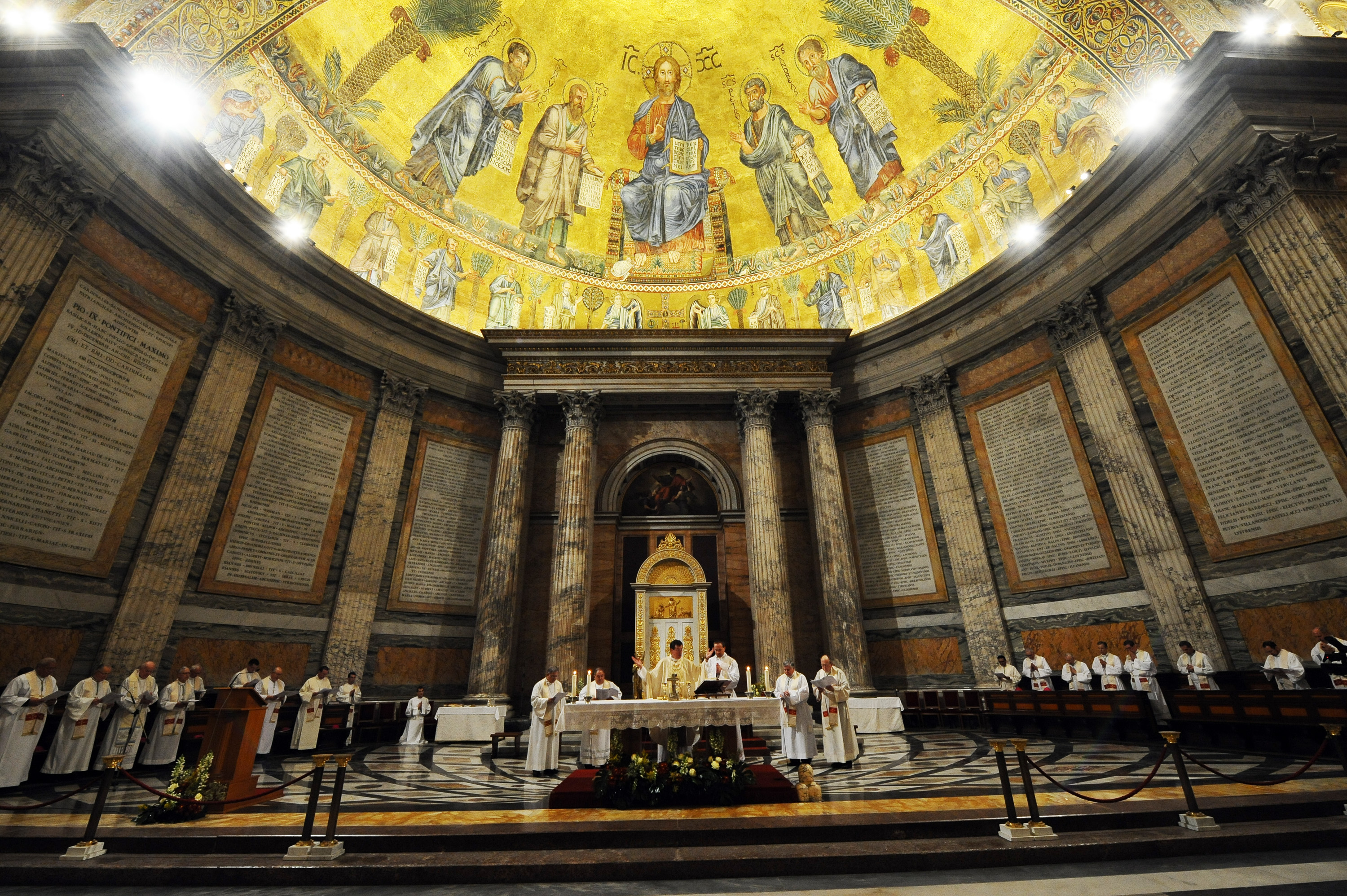‘Ad limina’ visits a chance for Church’s leaders to pray at apostles’ tombs, receive guidance from Holy Father
DETROIT — Next week, the bishops from Michigan and Ohio will visit with Pope Francis and the heads of various Vatican dicasteries to give a report on the state of the Church in the American Midwest.
Along the way, the bishops will pray at the tombs of the Church’s two pre-eminent saints, Peter and Paul, and speak with some of the Vatican’s top leaders about how to carry out the work of evangelization in the 21st century.
The Dec. 9-13 trip is the latest in a series of “ad limina” pilgrimages U.S. bishops are making to Rome this year. The tradition dates back to the Church’s earliest times, when Paul himself visited Peter to report on his own apostolic journeys as a sign of respect for Peter’s office.
The term “ad limina” comes from the Latin phrase, “ad limina apostolorum,” which means, “to the threshold of the apostles,” said Michael Trueman, chancellor of the Archdiocese of Detroit.
“‘Limina’ literally refers to a ‘lintel’ or ‘threshold’ of a door or passageway — but figuratively, in this case, it refers to going to the tombs of the apostles, of St. Peter and St. Paul, and to the household of the successor of St. Peter, the pope,” Trueman told Detroit Catholic. “The visit is a sign of ecclesiastical communion and solidarity with the Holy Father.”
The pilgrimage has been a requirement for bishops since the early 1900s, when Pope Pius X decreed that bishops should visit Rome every five years. Because of the growing number of dioceses worldwide and the pope’s limited schedule, today’s bishops typically visit every seven or eight years.

The last time the bishops from Detroit made an “ad limina” visit was February 2012, when Archbishop Allen H. Vigneron remembers meeting for approximately two hours with then-Pope Benedict XVI.
“I remember having very good conversation with Pope Benedict,” Archbishop Vigneron told Detroit Catholic. “We sat around in a circle and we raised topics and had a dialogue about the themes we found important. One of the pope’s principal tasks is to give us encouragement. It’s a free-flowing dialogue of remarks, questions and answers. Bishops who’ve done it tell me it’s really edifying.”
Groups of U.S. bishops began making their “ad limina” visits in early November; Michigan and Ohio are grouped together in Region VI of the U.S. Conference of Catholic Bishops, and will be meeting together with Pope Francis.
As part of the visit, bishops from each diocese prepare a detailed report on the life of the local Church, which will be presented during various meetings with leaders of Vatican dicasteries, or departments.
Known as a “quinquennial report,” the document is “something akin to what a university does for a self-study,” Archbishop Vigneron said.
“You have to do an assessment, and a questionnaire has to be filled out. We assess the strengths and challenges that we have as an archdiocese,” Archbishop Vigneron said. “That’s done about six months ahead of time, and the pieces are distributed among the appropriate officers of the Holy Father’s curia.”
Detroit’s report, comprising 138 pages and 43 exhibits, covers everything from clergy demographics and sacramental data to ways the Church is seeking to inculturate the faith in southeast Michigan.
“There will conversations with (Vatican) leaders based on what we submit and questions we bring and points they want to make on behalf of the Holy Father about things they would recommend to us,” Archbishop Vigneron said. “And of course, the high point is the meeting with the Holy Father.”

The purpose is to stimulate conversations about ways the local Church can improve, as well as for the bishops to ask questions and receive firsthand advice from the Holy Father and the Roman Curia, Trueman said.
“It’s an opportunity for our bishops to explain what’s happening here in this part of the world and for the heads of the dicasteries to share their own observations or advice on how to lead the Church locally,” Trueman said.
Importantly, it also will be a chance for the bishops to pray for the intercession of two of the Church’s greatest evangelizers, when they visit and celebrate Mass at the tombs of the apostles, Peter and Paul.
As the two metropolitan bishops making the pilgrimage, Archbishop Vigneron will be the principal celebrant and homilist during a Mass at St. Peter’s Basilica, where St. Peter is buried, while Cincinnati Archbishop Dennis Schnurr will lead the Mass at the Basilica of St. Paul Outside the Walls, where St. Paul is entombed.
“During the ad limina, one of the things I most enjoy is taking all the faithful with me in prayer to pray at the tombs of the apostles,” Archbishop Vigneron said. “So I’m happy to have everybody join with me in prayer.”
The Michigan and Ohio bishops are the sixth of 15 groups of American bishops making their ad limina pilgrimages; the visits will conclude with the Eastern Catholic bishops of the U.S. — including Chaldean Bishop Francis Y. Kalabat of the Southfield-based Eparchy of St. Thomas the Apostle — on Feb. 22, 2020, the feast of the Chair of St. Peter.










